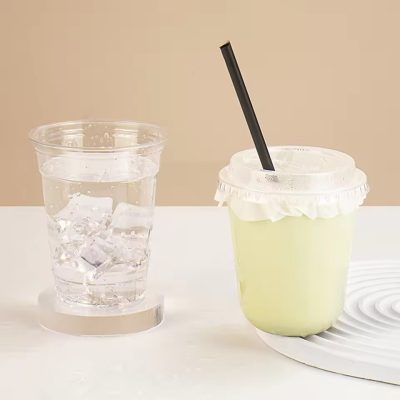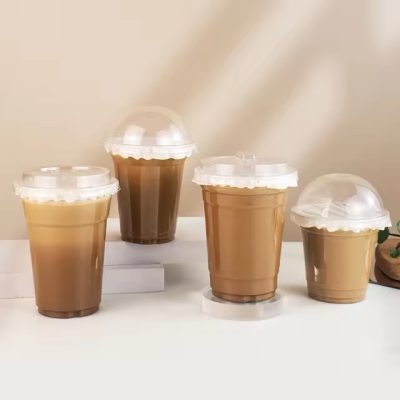Plastic cups are ubiquitous in our daily lives, serving as versatile vessels for a wide array of beverages. This article explores the multifaceted world of plastic cups, elucidating their importance, characteristics, applications, and the industry’s efforts towards sustainability and innovation.
Introduction to Plastic Cups
Plastic cups are lightweight, durable containers crafted from various types of plastics such as polyethylene terephthalate (PET), polypropylene (PP), and polystyrene (PS). They are widely used in both commercial and domestic settings for serving beverages ranging from water and soft drinks to hot coffee and smoothies.
Characteristics of Plastic Cups
Material Diversity: Plastic cups are available in a variety of materials, each offering unique properties such as transparency, flexibility, and heat resistance. PET cups are commonly used for cold beverages, while PP cups are preferred for hot drinks.
Versatility: Plastic cups come in different sizes, shapes, and designs to suit various beverage types and serving needs. They may feature lids, straws, or handles for added convenience and functionality.
Durability and Lightweight: Plastic cups are lightweight yet durable, making them ideal for both indoor and outdoor use. They are shatter-resistant and can withstand moderate impacts, reducing the risk of breakage compared to glass or ceramic alternatives.
Cost-effectiveness: Plastic cups are cost-effective options for serving beverages in large quantities, making them popular choices for events, parties, and food service establishments.
Applications of Plastic Cups
Food Service Industry: Plastic cups are widely used in restaurants, cafes, and fast-food chains for serving soft drinks, iced tea, and other beverages. They are also commonly used for takeaway and delivery services due to their convenience and portability.
Events and Catering: Plastic cups are popular choices for events such as parties, concerts, and sporting events, where large volumes of beverages need to be served quickly and efficiently.
Household Use: Plastic cups are commonly found in households for everyday use, such as serving water, juice, and milk. They are also used for packing lunches, picnics, and outdoor activities due to their lightweight and unbreakable nature.
Sustainability and Innovation
Recyclability: Many plastic cups are recyclable, with some made from recycled materials themselves. Efforts are underway to increase recycling rates and promote the use of recycled plastics in cup manufacturing.
Biodegradable Alternatives: Manufacturers are developing biodegradable and compostable plastic cup options made from plant-based materials such as cornstarch or sugarcane. These alternatives offer a more environmentally friendly option for single-use cups.
Design Innovations: Innovations in cup design aim to reduce material usage, improve stackability and nesting capabilities, and enhance the user experience through ergonomic features and customizable branding options.
Conclusion
Plastic cups are versatile, convenient, and cost-effective solutions for beverage containment in various settings. While concerns about plastic pollution and environmental sustainability persist, the industry is actively pursuing innovations and sustainable alternatives to mitigate its impact on the planet. With continued efforts towards recycling, biodegradability, and design optimization, plastic cups can remain essential tools for beverage service while minimizing their environmental footprint.







